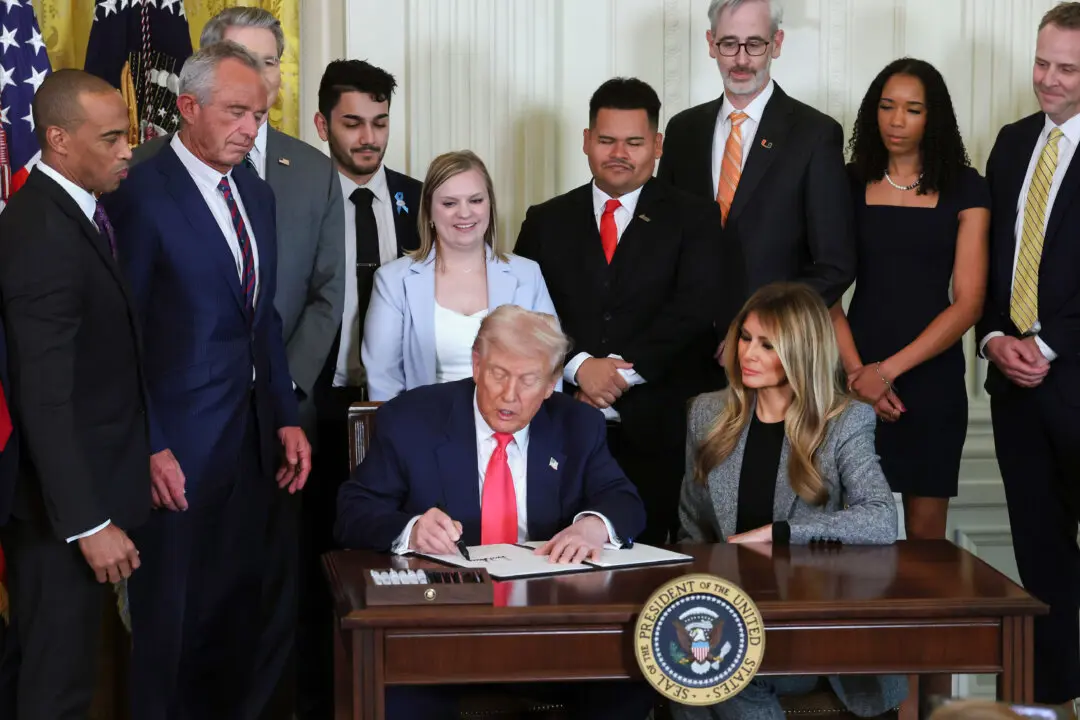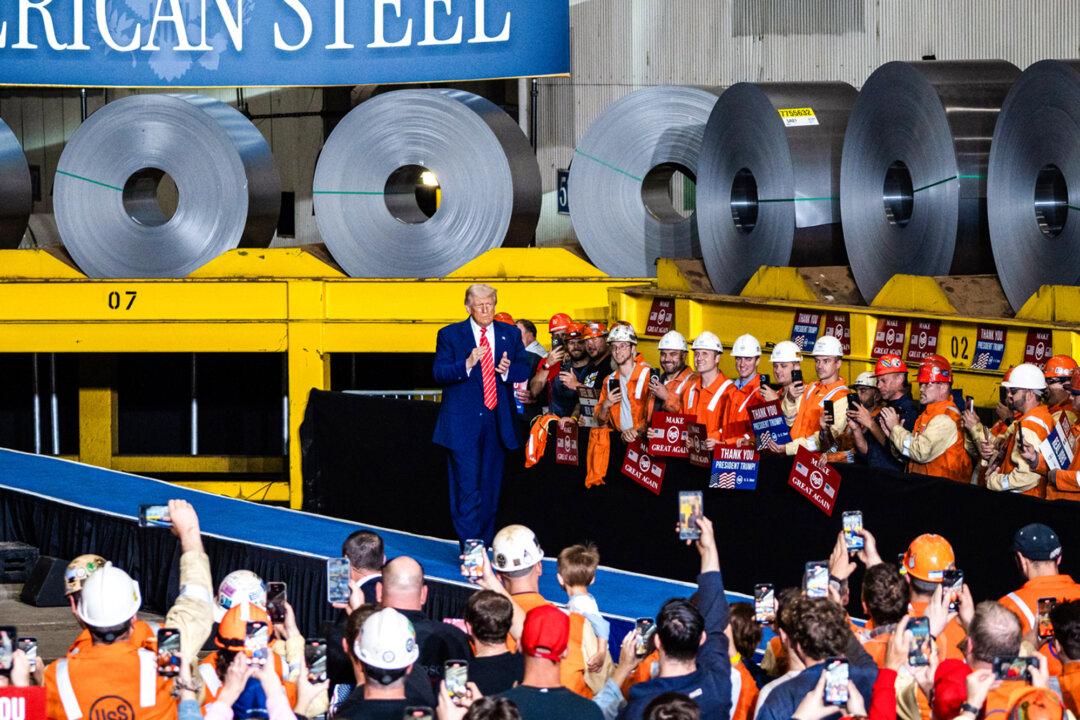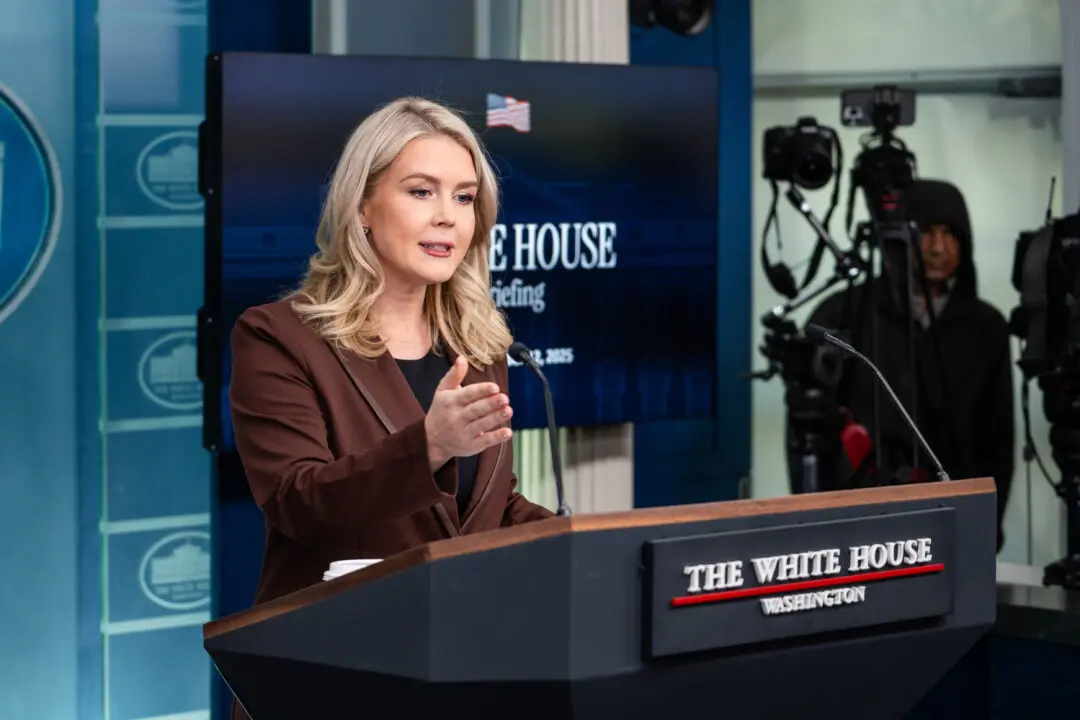LONDON—If you grew up with a sweatshirt that is still in your closet and looks the same as it did 30 years ago, you are probably missing those days when clothes were made to last.
Cheap, disposable “fast-fashion” pioneered by brands like Zara, H&M, and Forever21 have taught shoppers to settle for low-quality clothes. However, the slow fashion movement is steadily gaining momentum, so it’s now possible to find high quality yet affordable alternatives.
There is a growing number of fashion brands and startups that offer sustainable, long lasting clothes. Tom Cridland, a 25-year-old entrepreneur from London, is one of them.

The Tom Cridland store in London on Feb. 21, 2016. Emel Akan/Epoch Times





